Kevin Partyka
Advisor: Terri Fuglem
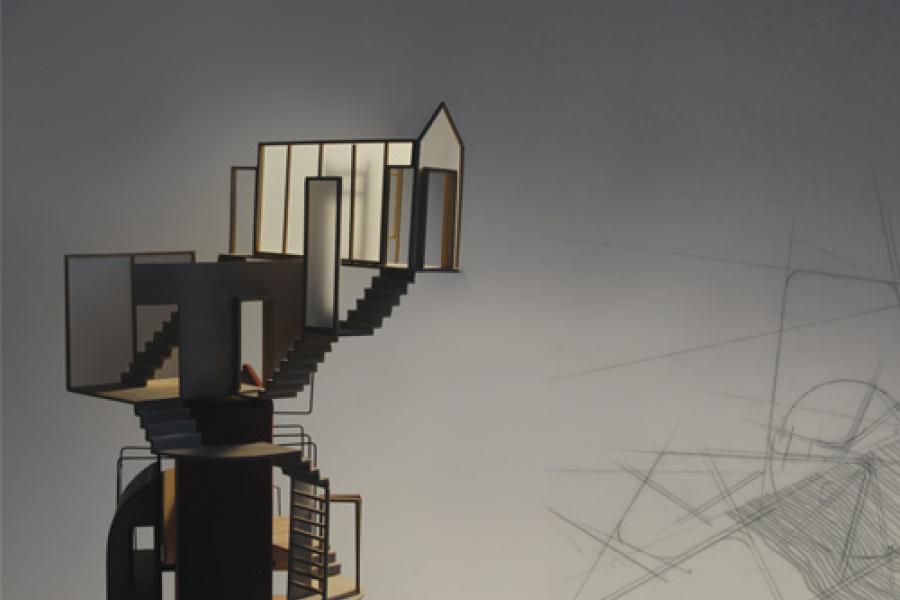
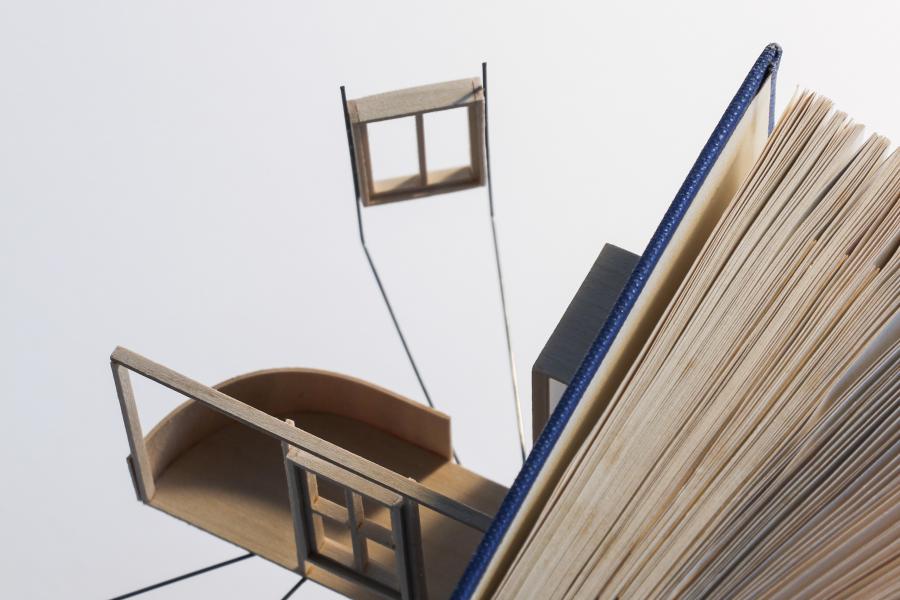
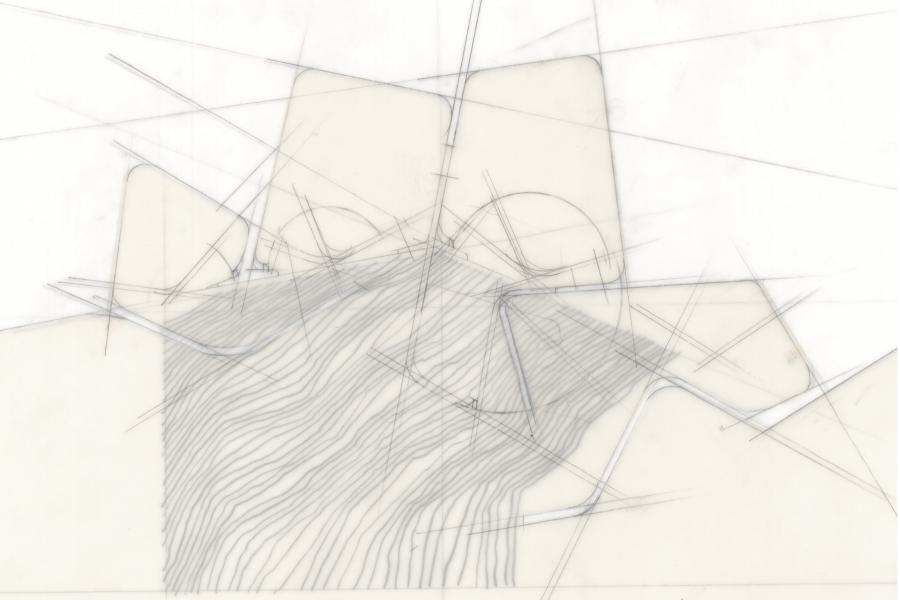
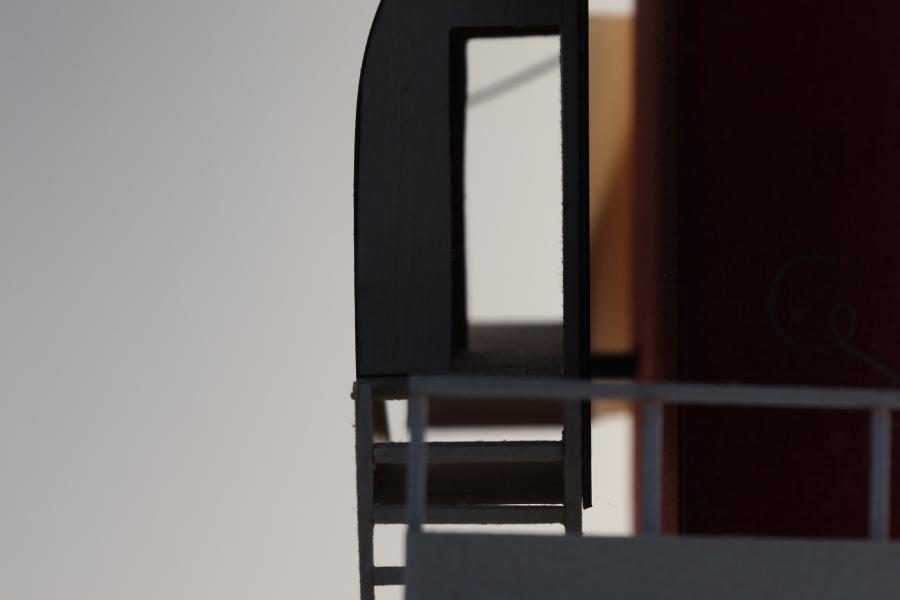
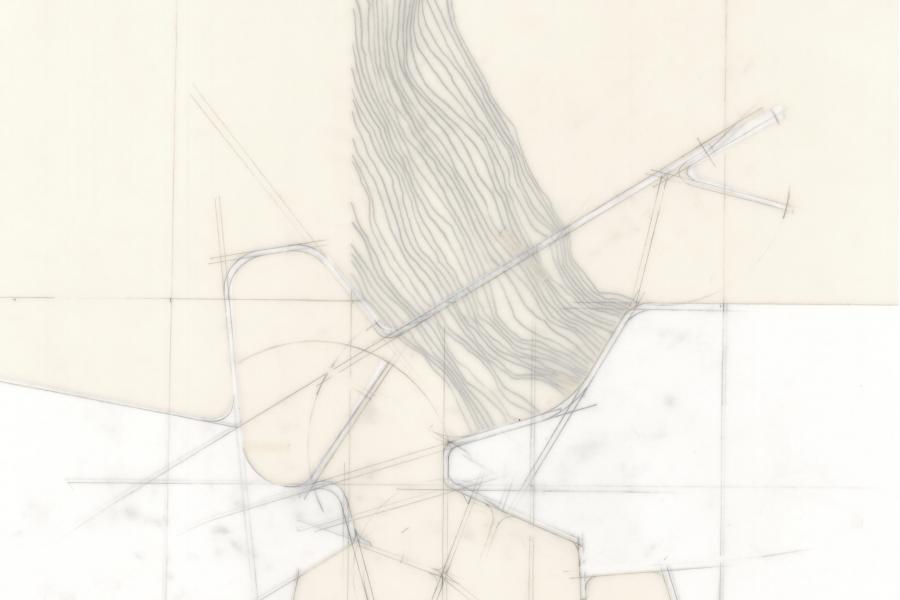
A Place to Be Alone
Technology works to fill our lives until no second of our day is spent alone. At any moment we have the ability to connect with the world, making it more difficult to remove ourselves and truly separate. To many, the idea of being completely alone is stressful. Living in a technologically advanced society, we have trained ourselves to believe that aloneness is to be avoided. In her book Alone Together: Why We Expect More from Technology and Less from Each Other, Sherry Turkle discusses how solitude allows us to develop the skill set to be alone, this better equips us to reach out to people and form real and meaningful relationships.
Without the ability to be alone, we use people to fill in the parts of ourselves we are not able to construct, in order to feel less anxious and alive. If we do not make time to be alone, we will only be lonelier. If we do not teach children to be alone, they will only know the feeling of loneliness.
Where does solitude take place in an urban context? Is there a realm or territory where we can unplug; re-engage, spend time daydreaming, playing and participating in the everyday routines of life?
Architecture has a role in facilitating this re-engagement at the scale of the home, street, and city. How do we begin to reshape our environments in order to promote moments of reduced social stimulation and increase freedom in our mental and physical activities? A realm where we release ourselves from the surveillance and interpretations of society and the immediate demands of people. Alone, absent from connection, where we are free to construct and transition among multiple realities. It is this important place of solitude that we can either nurture or continue to diminish. Once we have crossed the threshold and can no longer find a place of physical or mental aloneness, we will find ourselves starved for it.
